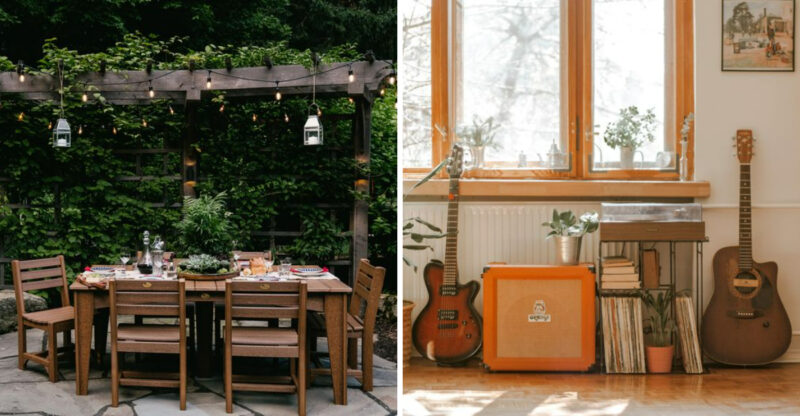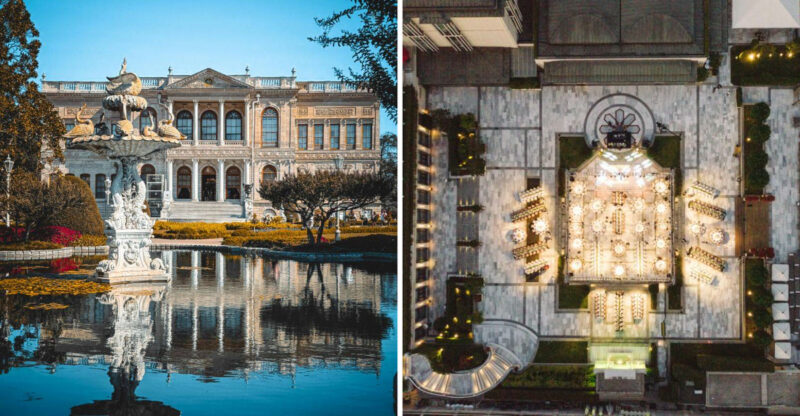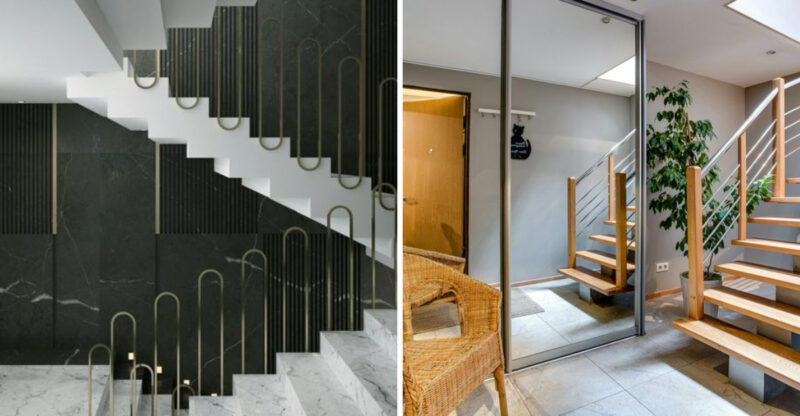7 Classic Exterior Details That May Be Seen In San Jose’s Historic Areas

Walking through San Jose’s historic neighborhoods feels like stepping back in time.
These charming areas showcase architectural details from the late 1800s and early 1900s when Spanish Colonial Revival and Victorian styles dominated the landscape.
From Naglee Park to Hensley Historic District, these distinctive exterior features tell stories of the city’s rich cultural heritage and architectural evolution. Let’s explore seven classic exterior details that make San Jose’s historic buildings so special.
1. Stucco Facades
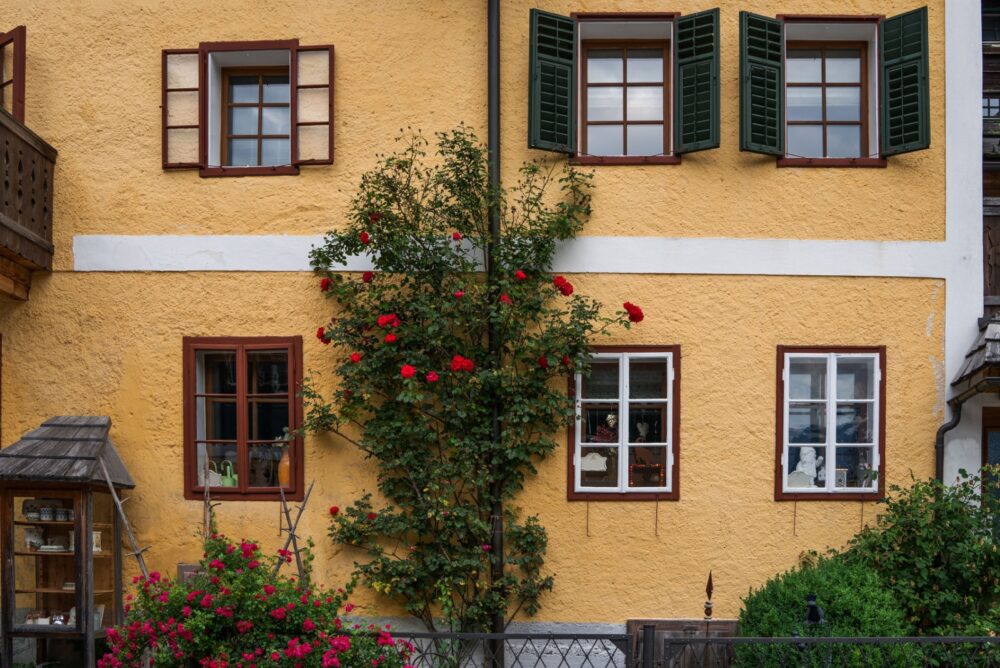
The smooth, earthy stucco facades throughout San Jose’s historic districts create that unmistakable California aesthetic we all recognize. Originally chosen for its durability against earthquakes and Mediterranean climate, these exteriors range from pristine white to warm terra cotta hues.
Craftsmen applied the stucco mixture by hand, creating subtle texture variations that catch sunlight differently throughout the day. Many historic homes feature hand-troweled finishes impossible to replicate with modern spray techniques.
If you visit the Alameda or Naglee Park, you’ll notice how these facades have weathered beautifully over decades, developing a patina that new constructions simply cannot match. Some homes even incorporate decorative elements like medallions or carved details directly into the stucco work.
2. Clay Tile Roofs
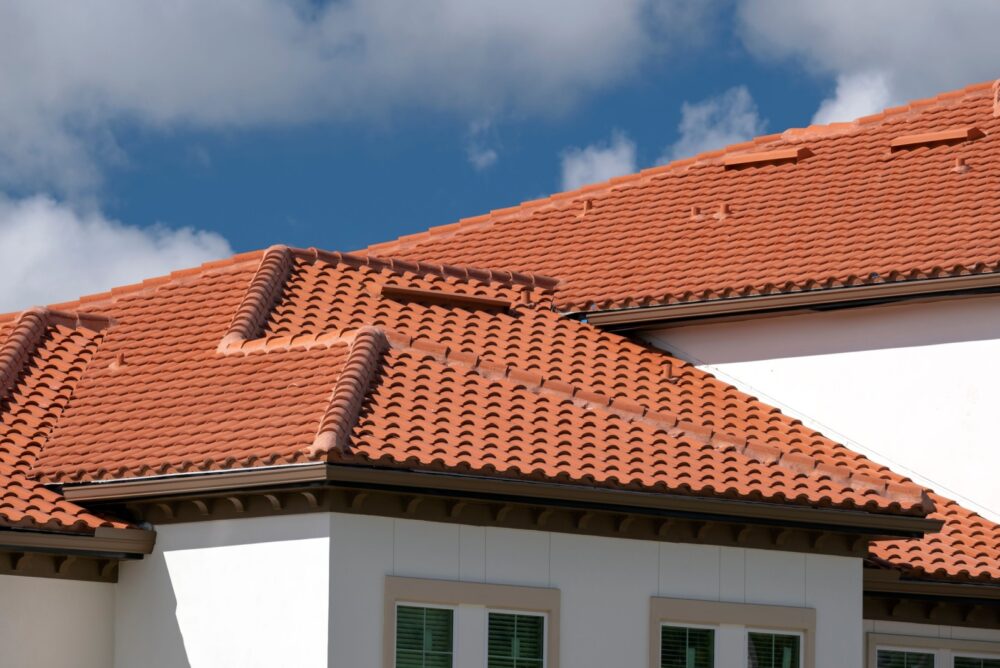
Nothing says California heritage quite like those distinctive red clay tile roofs dotting San Jose’s historic neighborhoods. Each handmade tile varies slightly in color and shape, creating rooflines with character and dimension that machine-made alternatives can’t duplicate.
These tiles weren’t just chosen for their beauty. Their curved design allows for excellent water drainage and natural ventilation, keeping homes cooler during hot valley summers. Many original roofs have survived over a century, proving their remarkable durability.
When sunlight hits these roofs at golden hour, the entire neighborhood seems to glow with warmth. Look closely at Hensley Historic District homes and you might spot tiles with maker’s marks or even fingerprints from the craftspeople who formed them by hand decades ago.
3. Ornate Iron Railings
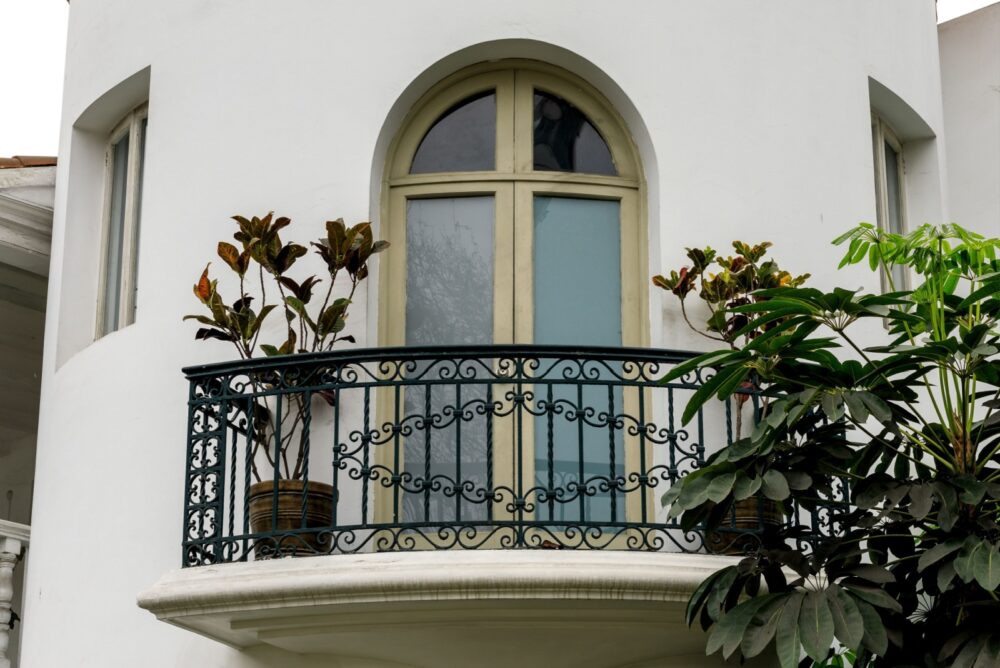
Blacksmith-crafted iron railings add both elegance and security to many historic San Jose homes. These aren’t your basic metal bars they feature intricate scrollwork, floral patterns, and geometric designs that demonstrate incredible craftsmanship.
During the Victorian era, wealthy homeowners commissioned unique railing designs as status symbols. Today, these handcrafted elements serve as artistic signatures that distinguish one historic property from another. The wrought iron has developed a beautiful patina over decades of exposure to the elements.
Wandering through the Hensley Historic District reveals how these railings frame staircases and balconies with artistic flair. Many homeowners have preserved these original features despite the maintenance challenges, recognizing their irreplaceable craftsmanship and historical significance to San Jose’s architectural heritage.
4. Arched Entryways
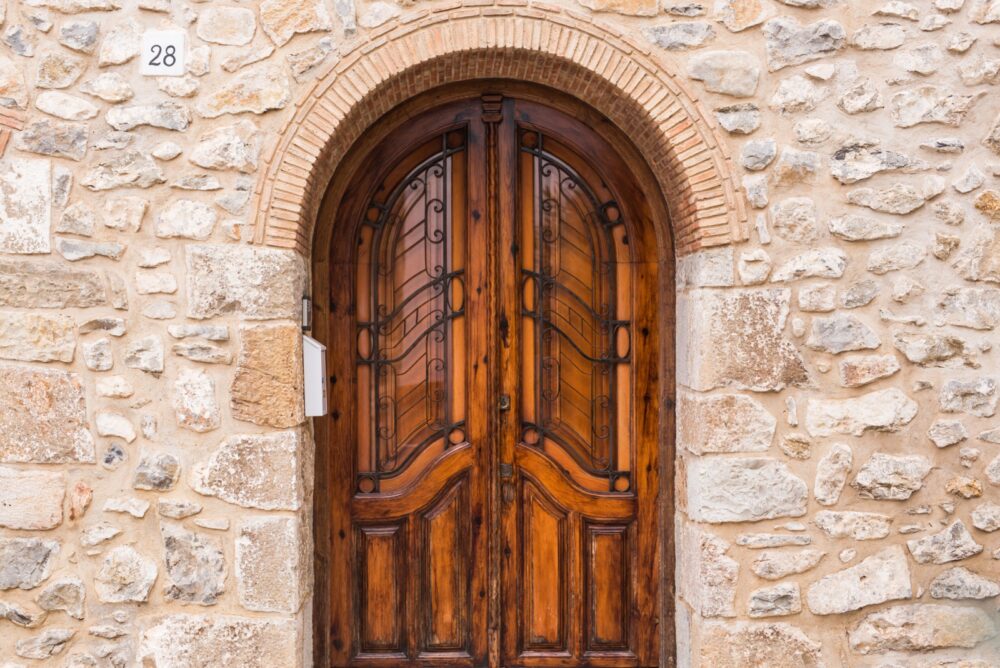
Graceful arched doorways welcome visitors into San Jose’s most charming historic homes. These architectural features draw the eye with their perfect proportions and often incorporate detailed stonework or decorative keystones that showcase the builder’s skill.
Many arches in the Naglee Park neighborhood feature hand-carved elements that tell stories about the original owners from family crests to symbolic motifs. The gentle curves create natural shadow play throughout the day, adding dimension to the home’s facade. Did you know these arches aren’t just decorative?
Their semicircular design distributes weight efficiently, allowing for wider openings without structural compromise. This engineering brilliance explains why so many have survived earthquakes and decades of California weather while maintaining their elegant appearance and structural integrity.
5. Wooden Window Shutters
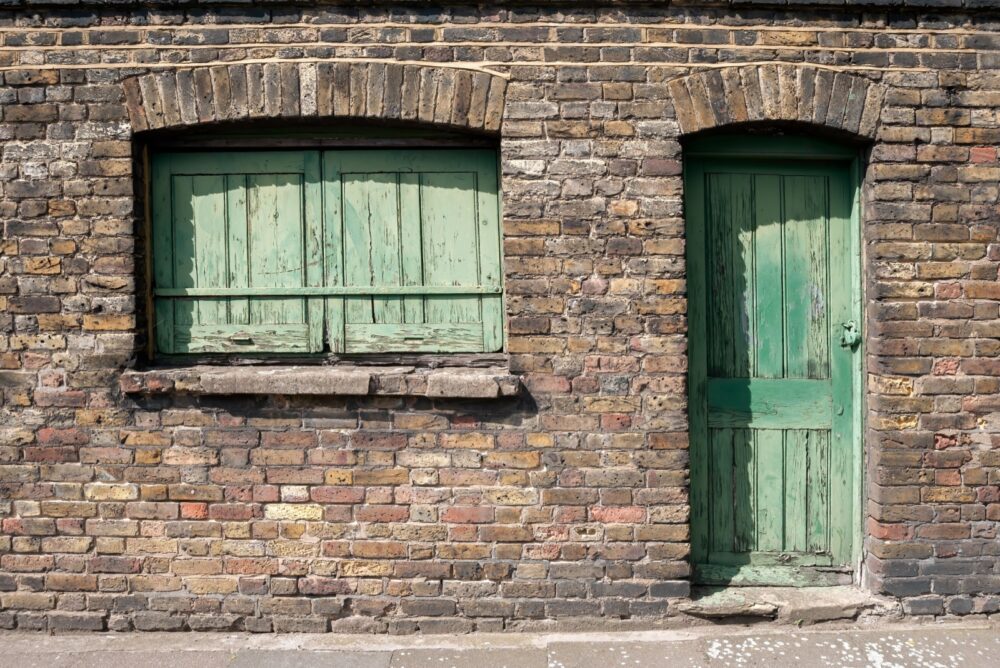
Wooden shutters frame windows throughout San Jose’s historic districts, adding charm while serving practical purposes. Before air conditioning, these adjustable panels regulated airflow and sunlight, keeping homes comfortable through seasonal changes.
Unlike modern decorative shutters, these historical examples actually work! Many still feature original hardware like shutter dogs and hinges hand-forged by local blacksmiths. The wood itself tells stories look for quarter-sawn oak or old-growth redwood varieties that have weathered beautifully over generations. When exploring the Julian Street historic area, notice how different homeowners personalized their shutters with unique paint colors or carved details.
These small touches reflect individual personalities while maintaining neighborhood cohesion. Some shutters even bear scars from the 1906 earthquake, silent witnesses to San Jose’s resilient history.
6. Decorative Tile Insets
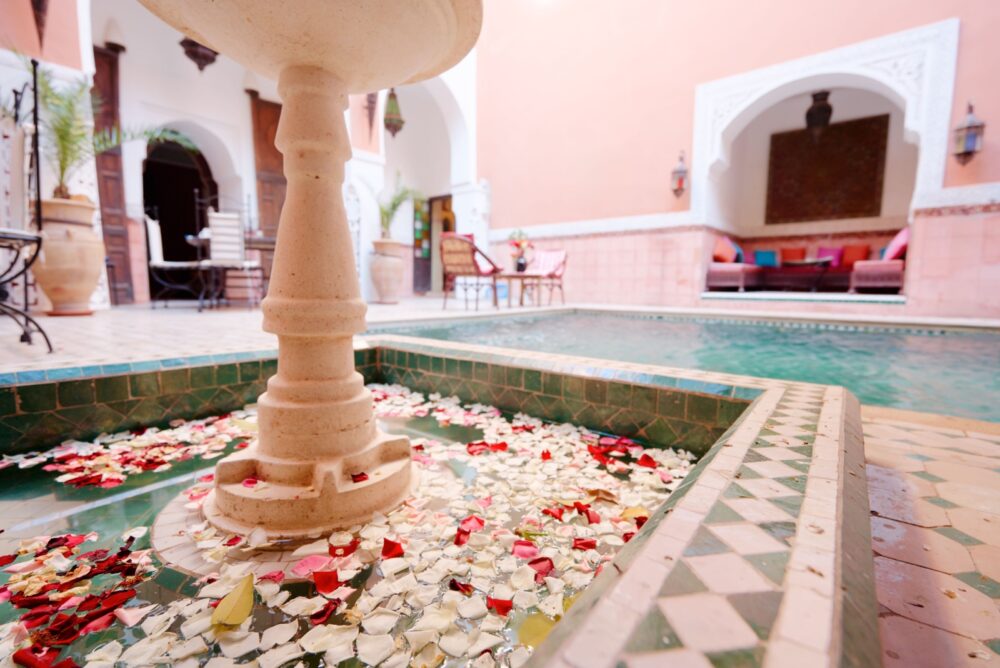
Colorful hand-painted tiles add unexpected pops of artistry to historic San Jose exteriors. These vibrant accents typically appear around entryways, fountains, and garden walls, showcasing Spanish and Mexican artistic influences that shaped California’s architectural identity.
Each tile tells a story through its motifs from native California wildflowers to geometric Moorish patterns that traveled across oceans and centuries. Homeowners in the Vendome neighborhood particularly embraced this decorative tradition, creating stunning tile compositions that remain conversation pieces today.
The glazed surfaces capture sunlight differently throughout the day, creating living artworks that change with the angle of light. Many tiles were created by local artisans from the 1920s and 30s, including pieces from the famed Solon & Schemmel Tile Company that operated in San Jose until 1932, making these details true pieces of local history.
7. Wraparound Porches
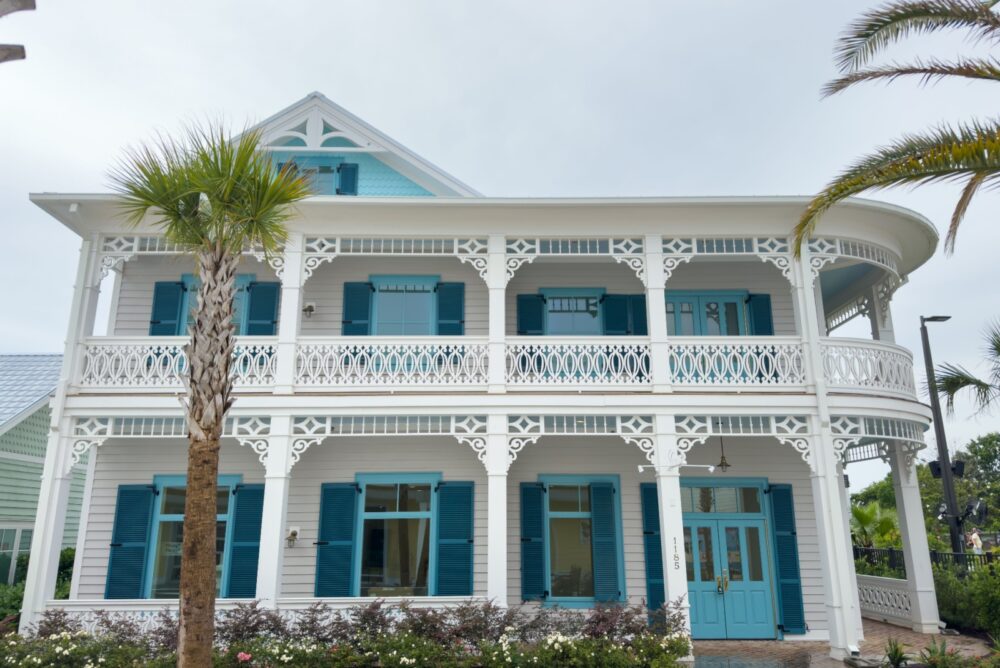
Grand wraparound porches serve as outdoor living rooms on many historic San Jose homes, especially those with Victorian influences. These generous spaces allowed families to enjoy California’s mild climate while maintaining privacy and social connections with neighbors passing by.
The craftsmanship appears in every detail from turned balusters to decorative brackets and corbels that support roof overhangs. Many porches feature tongue-and-groove flooring that has developed a beautiful patina from generations of footsteps. The ceiling often displays traditional haint blue paint, a tradition brought from Southern states.
Houses in the Hensley Historic District showcase some of San Jose’s finest examples, with corner porches that flow gracefully around two sides of the home. These architectural transitions between public and private space represent a bygone era of neighborhood connection that many homeowners are now working to preserve and celebrate.


